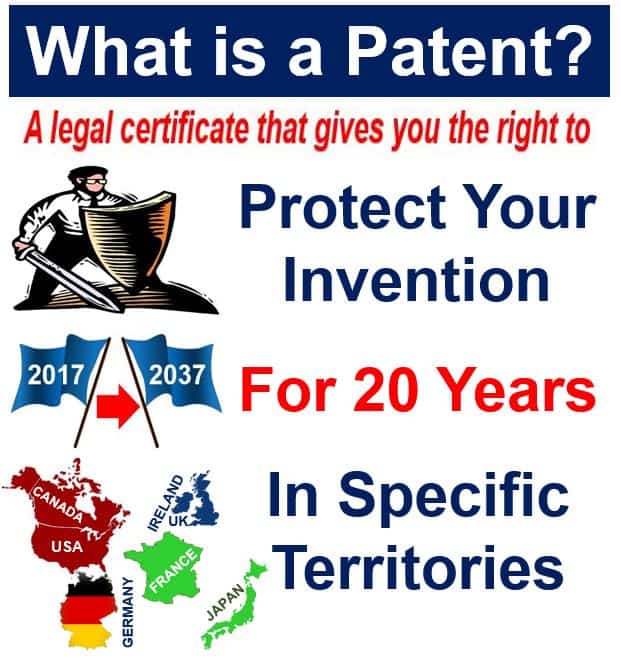Whether you have an idea for an exciting new product or want to redesign something that’s already out there, it’s important to follow the correct steps.
Whether you want to sell your product to another company or produce and market it yourself, failing to document and research your idea in the early stages of the process can result in wasted time, labor, and money – and neglecting to file a patent can be disastrous.
If you’ve had a ‘light bulb moment’ for a great invention but are unsure what to do next, we’ll take you through the process step by step.
Read on to learn everything from the complex process of filing a patent to hiring a manufacturing company like East End Assemblies Inc. to create a working prototype.
Phase 1: Documentation
When you have an idea for an invention, documenting everything on paper is essential. All your documentation will serve as proof that you had an original idea and protect it from being stolen.
Be as detailed in your documentation as possible – include everything you can think of that relates to your invention. Write down your invention’s purpose, how it works, and how you plan to manufacture and market it in an inventor’s journal and get it signed by a trustworthy witness.
Your inventor’s journal should be bound and numbered to make it impossible for pages to be inserted or removed. This journal is vital for patenting your invention.
Phase 2: Research

Before you file a patent, you’ll need to do some research. You should conduct a patent search and gather information about your market.
Conducting a patent search will ensure that nobody else has already patented your idea. Researching your target market will help you discover who your competitors are and determine whether your idea will be profitable.
Phase 3: Prototype
Your prototype will be a tangible model of your invention. Your prototype will allow you to demonstrate your product to investors and licensees. If you have an engineering background, you can build the prototype yourself. If not, hire a manufacturing company to build it for you.
Consider creating an animated virtual prototype if your prototype will be too costly and impractical to manufacture.
You should create a prototype before you file your patent – your prototype will highlight any flaws in your design and allow you to rework your product and correct any issues.
Phase 4: Patenting

Once your prototype is working, and you’ve corrected any issues with the design, it’s time to patent your product. A patent on your product will legally protect your intellectual property and prevent your invention from being stolen or sold without your consent.
You can draft and file the patent yourself. However, hiring a patent attorney is recommended. If your patent is not drafted by a professional, you risk exposing legal loopholes that can be exploited by your competitors.
Phase 5: Marketing
Now that your product is ready for the market, you should draw up a business plan. Your business plan should detail how you will make money and whether you will sell and manufacture your product yourself or license it to a third party.
If you decide to let another company manufacture and sell your product, you will need to negotiate a contract and royalty fee. Inventors usually receive around two to five percent in royalty fees. However, the upside of licensing your product to another company is that you don’t need to worry about the costs and risks of setting up and running a business.

